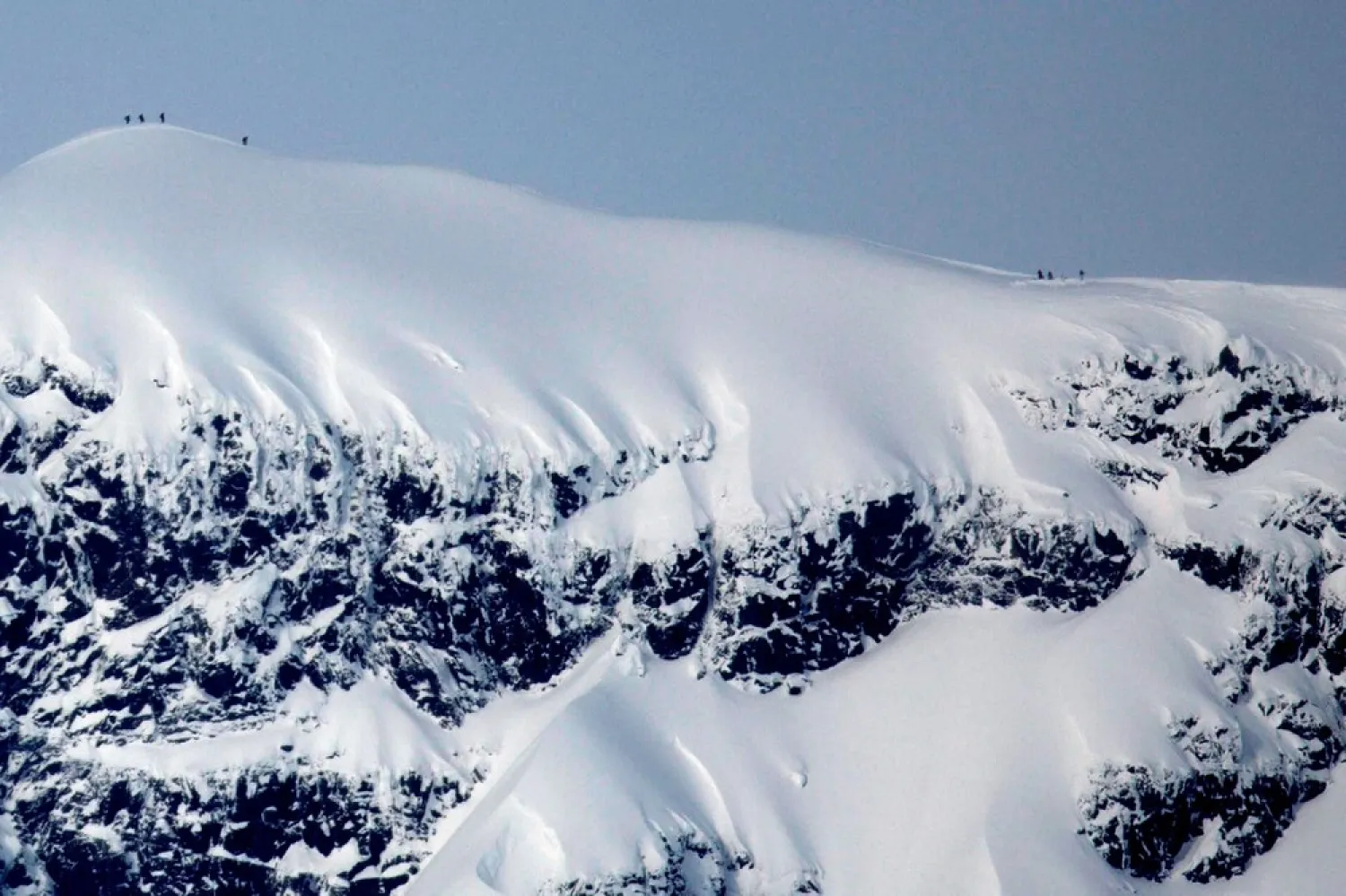Sweden's only remaining mountaintop glacier, which until 2019 was also its highest peak, lost another two meters (6.6 feet) in height in the past year due to rising air temperatures driven by climate change, Stockholm University said.
In 2019, the south peak of the Kebnekaise massif was demoted to second in the rankings of Swedish mountains after a third of its glacier melted. Kebnekaise's north peak, where there is no glacier, is now the highest in the Nordic country.
"On Aug. 14, the southern peak of Kebnekaise was measured at 2,094.6 meters (6,912 feet) above sea level by researchers from Tarfala research station. This is the lowest height that has been measured since the measurements started in the 1940s," the university said in a statement on Tuesday.
"The decrease in the peak and the changed appearance of the drift can mainly be explained by rising air temperatures but also changing wind conditions, which affect where the snow accumulates in the winter."
It said the changes reflect a longstanding warming of Sweden's climate, citing the recent UN climate panel report which said global warming had caused an unparalleled melting of glaciers and was close to spiraling out of control.
Kebnekaise's south peak measured as high as 2,118 meters in the mid-1990s.
The Kebnekaise massif is located around 150 km (90 miles) north of the Arctic Circle in the Scandinavian Mountains range that stretches across large parts of northern Norway and Sweden, and is part of the Laponia World Heritage Site.







